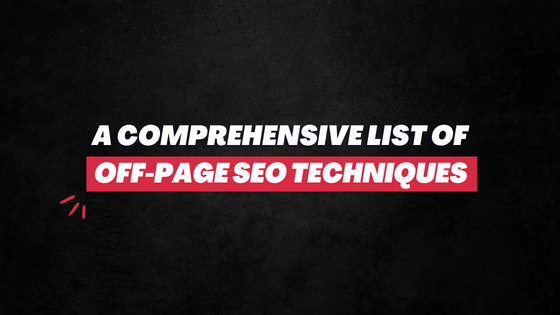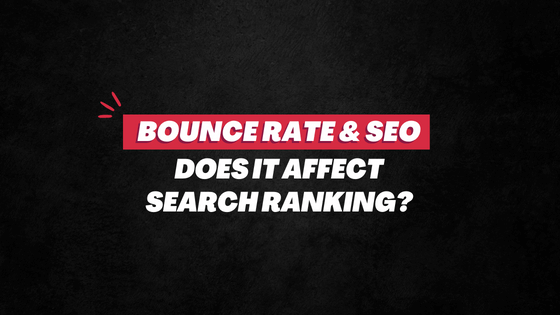Google owns 7,000+ websites.
SEVEN THOUSAND.
Doing the SEO work of these websites must be a mess. (Or, is it?)
Of course, the search giant has hundreds of experts working on these websites.
But it still has to be a challenging task because:
- Google websites get no preference whatsoever on the result pages.
- The internal team working on them has no extra insights on ranking factors than any of us.
- Bringing uniformity in the SEO execution across all websites is not easy.
- Maintaining the same brand persona in content and backlinks—again, not easy!
If you understand SEO, you would understand these challenges well.
So, the biggest question comes…
How does Google optimize its 7,000 websites?
How do these websites rank higher on SERP for many competitive keywords?
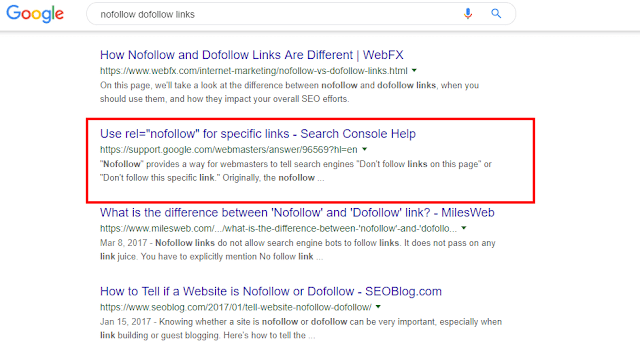
Not just that!
Google websites also do consistently well getting featured in Rich Answer Box…
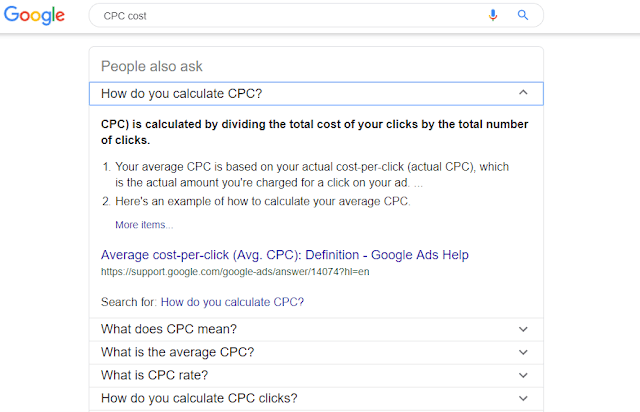
HOW?
Sean O’Keefe, a data scientist at Google, shared some insights on how Google approaches SEO for its websites on Think With Google.
Along with those insights, there are a handful of other things that Google does, which keeps its websites in rock-solid positions on result pages.
To put it all together, here are the SEO practices that Google follows for its 7,000+ websites that we all can learn from.
1. Superior Quality Content
Quite basic, sure. But at the end of the day, it all starts and ends with good quality content.
It’s difficult to spot poor quality in Google’s resources.
From grammatical and punctuation impeccability to the intent of the content – everything fits well to scream “the best”.
In short, there’s no other way around the quality of your communication medium – written, images, or/and videos. It must be resourceful. Period.
Produce targetted, relevant and superior quality content.
Recommended Read: Do you need to have strong writing skills for blogging?
2. Content and Some More Content…
That SEO and content marketing advice that you’ve long been hearing…
“Focus on quality and not quantity.”
…it is outdated now.
Today, if you want to beat your competition, reach more people, keep your audience engaged, and build a brand – it’s imperative that you produce an obnoxious amount of content on your website.
And that’s what Google does.
It has a seamless resource of content, from texts to images to videos.
Everything you want to know about the advertisement, search engine ranking, marketing, and more – Google has got you covered.
So, produce high-quality content in large volume… on your website and across different channels like social media, Medium, and LinkedIn’s Pulse.
3. Small Steps Matter
“It might sound simple, but focusing on small, incremental changes to a website’s overall SEO strategy really can produce noticeable gains over time,” writes Sean.
Yes, content is king. Backlinks share the same rank. And then there’s RankBrain, which is now the new eye candy in the SEO world.
But there are so many other Google ranking factors that one must pay attention to too.
This doesn’t mean you spend hours every day on these little details.
But to get an edge and appeal the search engine well, you must brace up your website from every angle.
Like…
- Implement schema markup
- Boost your website speed
- Use canonical tags when needed
- Improve your website navigation
- Convert HTML to AMP
And so on…
Have you downloaded the latest and updated SEO Checklist For 2020? Click to download NOW.
4. Focus on Four Web Fundamentals
Per Google, there are four web fundamentals or core foundations of a delightful web experience:
- Fast
- Integrated
- Reliable
- Engaging
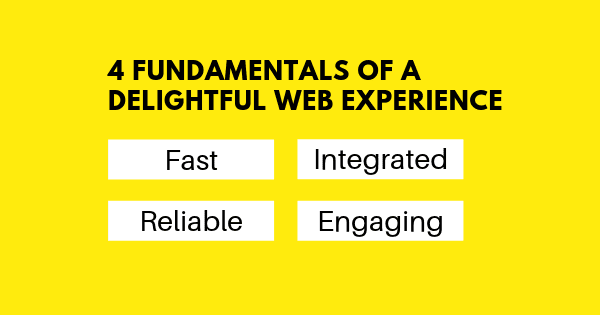
“The Google My Business marketing site, for example, saw a near 2X increase in organic traffic, partly because the team implemented a number of web fundamental best practices, such as showing search engines what URLs to index by implementing canonicals,” writes Google’s Sean O’Keefe.
Google websites are very fast. They integrate well with the entire browsing ecosystem. They are reliable with zero downtime. And they are, of course, engaging.
So, work around these 4 fundamentals when optimizing your website.
- Increase loading speed.
- Avoid too many “target=‘_blank’” or ‘open in new tab’ incidents.
- Employ theme-color Meta tag.
- Avoid server downtimes.
- Install SSL certificate to duck security warnings.
- Create engaging content.
- Ace internal linking.
- Send push notifications.
5. The Strategy MUST Always Evolve
The world of Search Engine Optimization is fast changing.
To stay ahead in the game, you must embrace these changes and keep on refining your Google SEO practices.
“It can be easy to get overwhelmed by these changes, but internally we’ve found that the more we embrace them and experiment with them, the better our SEO results,” says Sean O’Keefe.
With this approach, Think with Google site managed to increase impressions on SERP by 200 percent and get more visibility on ‘Featured Snippets’.
So, you must always keep a check on what’s new in the SEO scene, and then keep improving your own approach.
Just like every component of digital marketing, split testing is the backbone even here.
- Check for errors; fix them
- Tweak small design components
- Try different link building strategies
- Try different content format
- Remove old features / add new ones
- Add quiz popups to boost engagement
- Revamp old content with new personality/tone
There are so many things you can do!
If you aren’t seeing the desired or satisfying result with your existing SEO strategy, pop that comfort and try new things.
6. Tackle Your Duplicate Content
For the record, duplicate content does not “directly” hurt the search ranking.
However, they do pose confusion to the users, as well as the search engines. And this eventually hurts their organic ranking.
Since Google owns 7,000 websites, it’s fair to assume that they have a lot of duplicate content.
And this is what Sean O’Keefe revealed in his post…
“A recent audit revealed that, over the years, we had developed a large number of near-duplicate sites based on different campaigns or marketing goals.”
To tackle this, they simply consolidated multiple websites/content into one wherever it fits.
As a result, in one of the cases, after cleaning six old websites and consolidating the content into one, they managed to increase organic traffic by 64.2 percent and boost the CTA click-through rate by 2X.
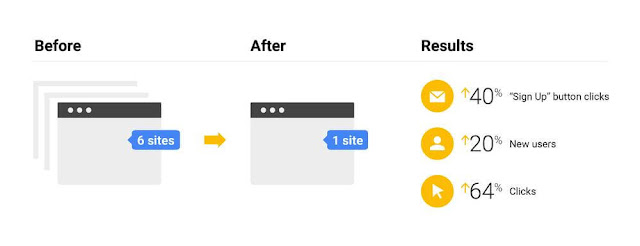
So, if your website(s) is oozing with duplicate content, FIX THEM immediately.
(This is a problem that comes when you’re trying to create content based on individual keywords. It’s also a very poor SEO strategy today.)
NOTE: Although you can use Canonical tags to deal with duplicate content, it isn’t always recommended. More so for those who have large websites! When you use Canonicals, search spiders would still crawl your webpage. And this would waste your crawl budget.
Wherever possible, consolidate your content.
7. Merge Your Web Presence
This falls in the same line as the previous point but with a minor shift in focus…
The subdomains.
Google treats subdomains as individual websites. Meaning, ‘blog(dot)website(dot)’ ‘price(dot)website(dot)com’ ‘contact(dot)website(dot)com’ – these will be treated as individual websites by the search engine.
And this is a bad Google SEO practice unless it fits your well-thought strategy or you have a very big website like Intel and Microsoft.
You must merge all these under one umbrella to not only reap SEO benefits but also to bring consistency to your brand presence.
That’s what Sean says. “Creating one great site instead of multiple microsites is the best way to encourage organic growth over time.”
8. No Unnecessary Use of Images
You won’t find images on Google websites that are placed out of context or unnecessarily.
They focus entirely on data visualization. At times they do use custom illustrations. But that’s it. They go with texts for the most part.
Of course, this helps them look more professional and fit their brand image.
Besides, it makes less sense to use images in descriptive, instructional, and technical content, which they mostly cover.
But it still remains an interesting fact that a lot of Google websites don’t use too many images.
Personally, I don’t buy this. I believe adding relevant pictures between paragraphs adds visual appeal to the content and provides a “breather” or break to readers, which keeps them engaged.
Recommended Read: How Many Images to Use in a Blog Post
Nonetheless.
Point is, per Google’s SEO practice, don’t use images in your content unnecessarily. Include pictures in your posts to add value to what you’re saying—and NOT for the namesake.
9. Data Visualization
Visuals are more powerful than words.
If you’re talking about data, it’s best if you put forth that information through visuals. Like charts, graphs, maps, and more.
This way, the numbers are easy to consume or understand. And such data-visualized images have a very high shareability rate.
Google does this perfectly. Like this…

Or this one…
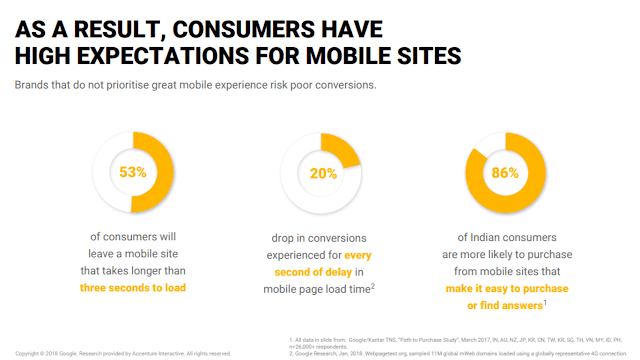
There are many data visualization tools and software available that you can use. Like Tableau and RAWGraphs.
But for starters, instead of investing in premium tools, go with Microsoft Word/PowerPoint. They are decent at visualizing basic data adequately.
Recommended Read: How to Use Interactive Content to Increase SEO Ranking
10. Strong Internal Linking Building
There are a lot of discussions on how many links should we include in an article. How many to DoFollow and NoFollow!
Google websites don’t seem to pay much heed to these details.
Their content is packed with DoFollow backlinks to different resources internal to their brand ecosystem.
And the links are provided wherever and whenever needed with relevant, keyword-based anchor texts.
Of course, this helps search spiders crawl these websites easily and thoroughly. Also, users find it convenient and helpful to navigate to relevant content.
So, if you lag in your internal link building game, it’s time now to ace that.
11. Including Outbound Links
You would think such a high-authority brand won’t link to other websites. But that’s not the case.
Google websites do link to other domains, wherever needed. And they provide DoFollow links.
It’s a clear indication of how it aims to deliver good UX by providing users with the best possible resources to resolve their problems.
You, too, should link to other authority, relevant websites with DoFollow links — even if it’s your direct competitor. STOP worrying about leaking link juice to other domains.
Recommended Read: Do Outbound Links Help SEO?
12. No Obsession With The Length
Indeed, several studies have shown that Google prefers long-form content.
Per Backlinko, the average Google first page result contains 1,890 words.
There are many other sources that suggest words count anywhere between 1000-3000.
Check out this sweet infographic by Coschedule:

However, the length of content on Google websites varies widely. Interestingly, the majority of them don’t look too long; under 1,000 words, in fact.
This, of course, doesn’t bring any conclusive remark to the ongoing short vs. long-form content.
It does, however, break the perception that short-form content isn’t good in quality – or that the never-ending articles are best in quality.
Personally, I have been highly vocal about this…
Recommended Read: The Myth of 1,890 Words Long Articles
People shouldn’t *obsess* over the length of the article. They should rather focus on delivering value to the readers, which can happen in as less as 300 words or take 10,000 words.
Besides, isn’t that what search engines advise?
To focus on humans and provide them value instead of thinking what the search bots will like…
13. UXO is the New SEO
User Experience Optimization is the NEW Search Engine Optimization.
Google has long been contending for website owners to offer a good experience to visitors. Its websites follow this preaching well and beyond.
If you visit Google websites, you will find them not only helpful but also exceptionally satisfying to browse.
They load fast. On small devices, they perform great. With a minimalist outlook, they look appealing to the eyes. The internal links keep visitors hooked and offer more help.
The Call-To-Actions like this…

and this…

…keeps visitors active and engaged throughout the content.
So, while as clichéd as it may sound, STOP optimizing for search engines and START optimizing for users. That’s the most straightforward way to win in the SEO game.
Conclusion
Some of these points are mindful observations, others are direct words from the data scientist at Google.
Of course, there’s much more to the Google SEO strategy and its 7,000+ websites. They must be doing a lot behind the curtains – the majority of which is likely on-page optimization.
But a few things are pretty clear:
- As mentioned, it all starts and ends with high-quality content.
- SEO is a long-term game. It takes time to work. (Google’s websites ranking high on SERP isn’t an overnight thing.)
- Optimizing your website is a continuous process – and NOT a one-time thing. It must progress, adapt and progress more.
So, if you’re looking to increase your website ranking and grow organic traffic, the above-outlined SEO practices of Google will help you get a fair idea of what you should do now.
All the best! 🙂

